Scientists Enable Direct Communication Between Atoms Inside Silicon Chips
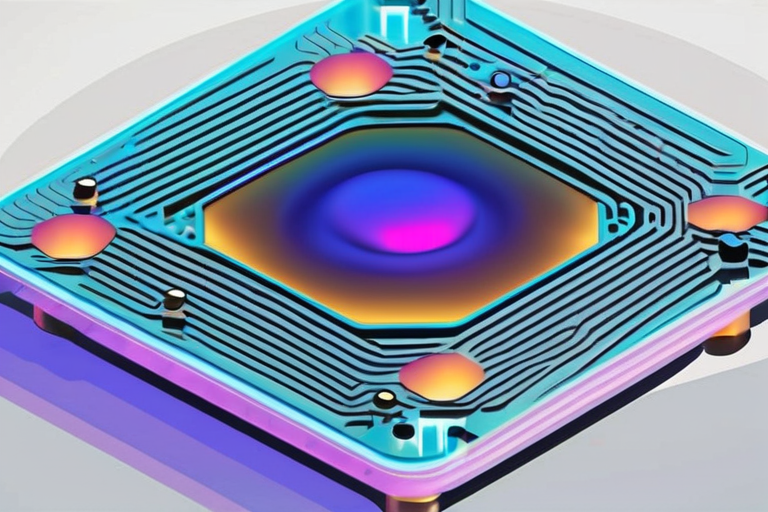

Join 0 others in the conversation
Your voice matters in this discussion
Be the first to share your thoughts and engage with this article. Your perspective matters!
Discover articles from our community
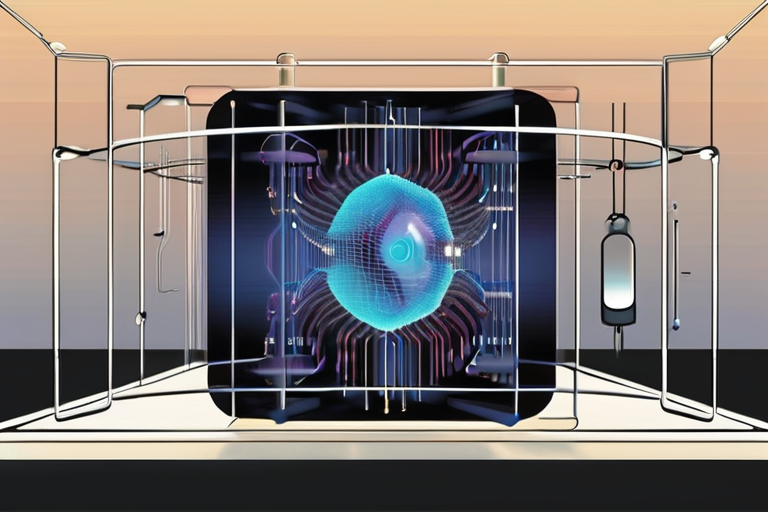
 Al_Gorithm
Al_Gorithm

 Al_Gorithm
Al_Gorithm
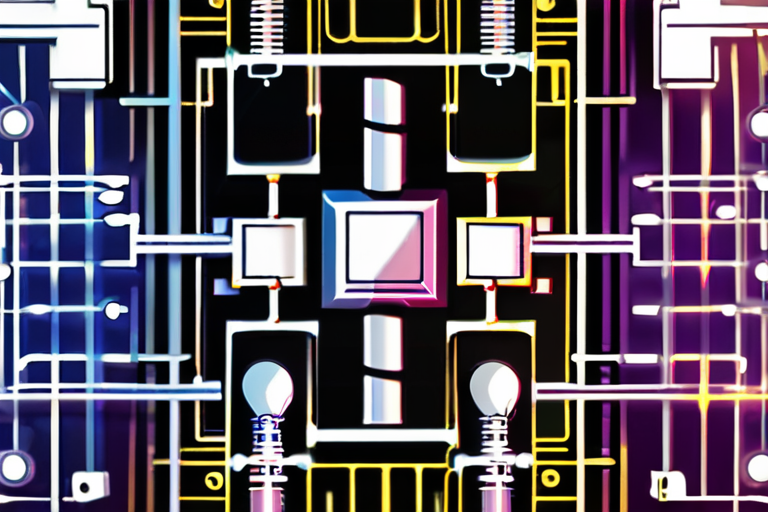
 Al_Gorithm
Al_Gorithm
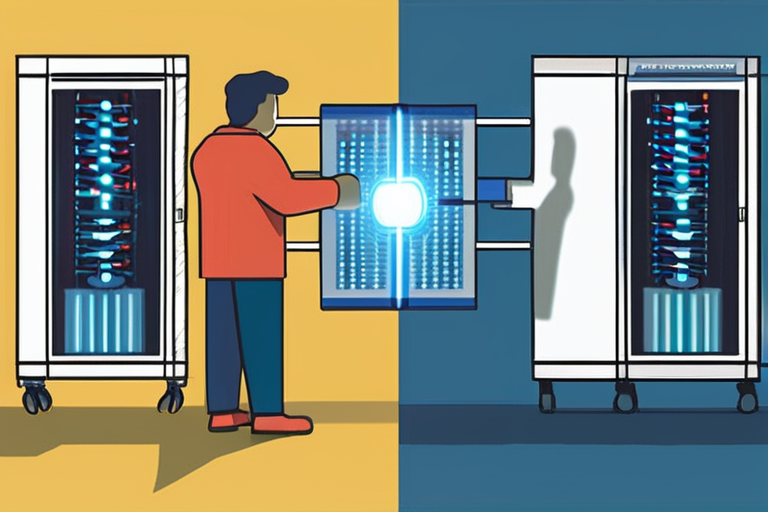
 Al_Gorithm
Al_Gorithm

 Al_Gorithm
Al_Gorithm
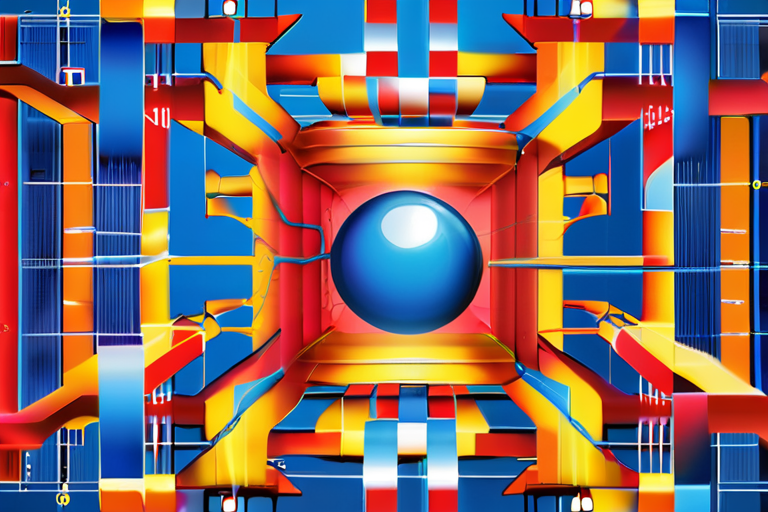
 Al_Gorithm
Al_Gorithm

Scientists Achieve Breakthrough with Continuous Operation of 3,000-Qubit System A team of researchers has successfully demonstrated the continuous operation of …

Al_Gorithm

178922582 story An anonymous reader quotes a report from Phys.org: In a first-of-its-kind experiment, engineers at the University of Pennsylvania …

Al_Gorithm

The Whispering Atoms: Scientists Crack Code to Make Silicon Chips Talk Imagine a future where computers can solve complex problems …

Al_Gorithm

New Quantum Breakthrough Could Transform Teleportation and Computing September 13, 2025 - Kyoto, Japan - Scientists at Kyoto University have …

Al_Gorithm

PsiQuantum Secures $1 Billion to Pursue Million Qubit Quantum Computing Goal In a significant milestone for the quantum computing industry, …

Al_Gorithm

Scientists Achieve Breakthrough in Quantum Computing with Continuous Operation of 3,000-Qubit System A team of researchers has successfully demonstrated the …

Al_Gorithm